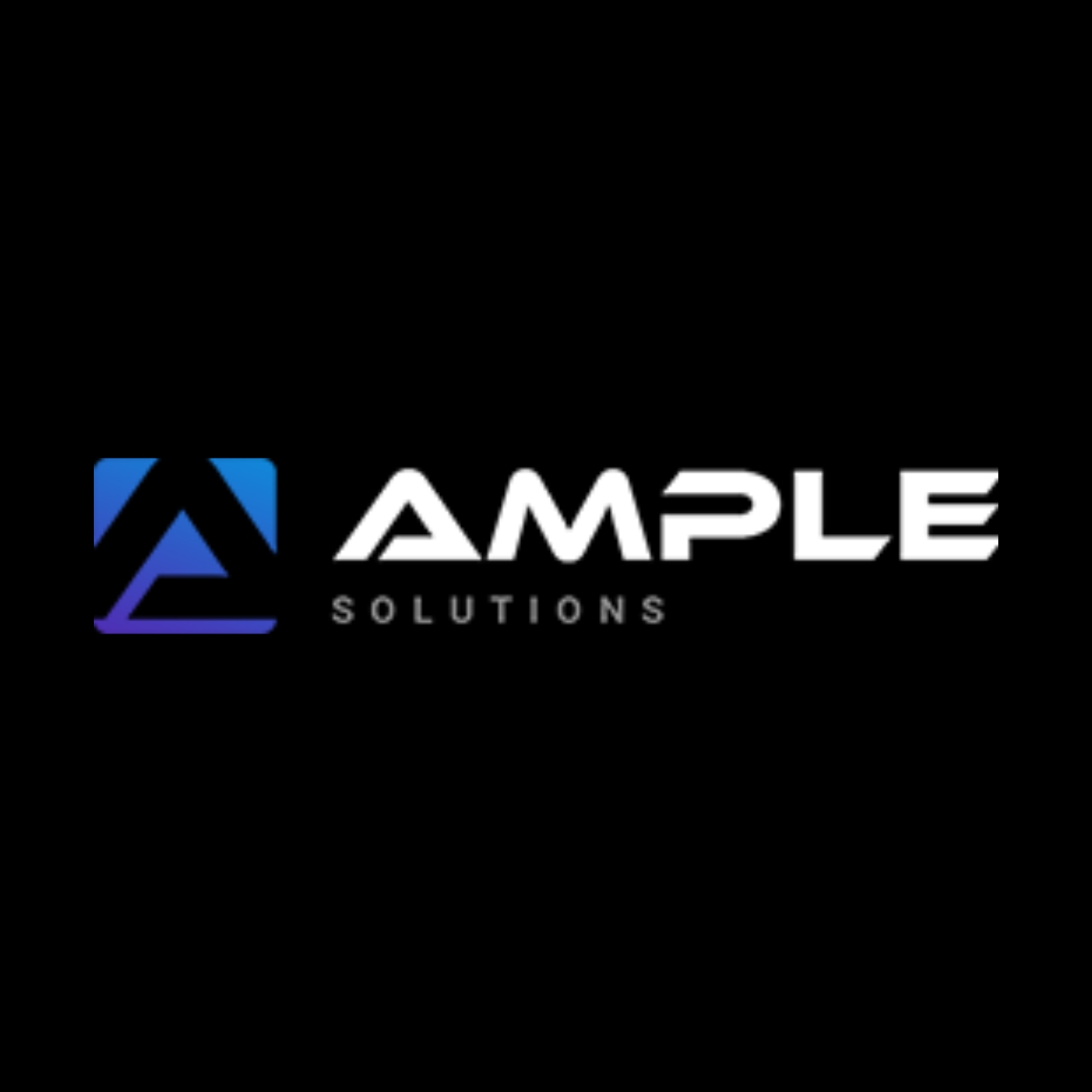Essential Tools for UI/UX Agencies to Streamline Workflow
 Ample Solutions
Ample Solutions
Welcome to the dynamic world of UI/UX agencies, where creativity meets functionality to craft seamless digital experiences. As these agencies navigate through numerous projects and client demands, streamlining workflow becomes paramount for success. In this blog post, we will explore essential tools that can help ui ux agency enhance efficiency, collaboration, and innovation in their processes. So buckle up as we delve into the toolbox of productivity and creativity!

The Importance of Streamlining Workflow
Efficiency is key when it comes to running a successful UI/UX agency. Streamlining workflow not only saves time but also enhances productivity and overall project outcomes. By having structured processes in place, agencies can ensure that tasks are completed seamlessly from start to finish.
A streamlined workflow allows team members to collaborate effectively, ensuring everyone is on the same page regarding project goals and timelines. This helps prevent miscommunication and reduces the likelihood of errors or delays during the design process.
Having a well-organized workflow also enables agencies to better allocate resources, prioritize tasks, and meet client expectations more efficiently. It empowers teams to focus on creativity and innovation rather than getting bogged down by administrative tasks or unnecessary back-and-forth communication.
Streamlining workflow within a UI/UX agency is essential for maintaining high standards of quality, meeting deadlines consistently, and fostering a positive work environment where team members can thrive and deliver their best work.
Project Management Tools for UI/UX Agencies
When it comes to UI/UX agencies, efficient project management is essential for success. Utilizing the right tools can make a significant difference in streamlining workflow and ensuring projects are completed on time and within budget.
One popular project management tool for UI/UX agencies is Asana. This platform allows teams to create tasks, set deadlines, assign responsibilities, and track progress all in one place. With features like Kanban boards and Gantt charts, Asana helps keep projects organized and transparent.
Another valuable tool is Trello, which offers a visual way to manage projects through boards, lists, and cards. Teams can collaborate easily by adding comments, attachments, and due dates to each task card. Trello's user-friendly interface makes it simple for everyone to stay on the same page throughout the project lifecycle.
For more robust project management needs, agencies often turn to tools like Jira or Monday. com. These platforms offer advanced features such as custom workflows, issue tracking capabilities, resource planning tools - essential for complex UI/UX projects that require meticulous attention to detail from start to finish.
Collaboration Tools for Remote Teams
Remote work is now more common than ever, and collaboration tools play a crucial role in keeping UI/UX agencies connected and productive. Communication platforms like Slack or Microsoft Teams enable real-time messaging, file sharing, and project updates all in one place. Video conferencing tools such as Zoom or Google Meet facilitate face-to-face interactions despite physical distances.
For seamless collaboration on design projects, tools like Figma or Adobe XD allow team members to work together simultaneously on wireframes and prototypes. Version control features ensure everyone is working on the latest iteration of a design, reducing errors and miscommunications.
Task management tools like Trello or Asana help teams organize workflows by creating tasks, assigning responsibilities, setting deadlines, and tracking progress. Integrations with other apps streamline processes even further by centralizing information across different platforms.
By leveraging these collaboration tools effectively, remote UI/UX teams can stay connected, creative, and efficient no matter where they are located.
Prototyping and Design Tools
When it comes to prototyping and design tools, UI/UX agencies rely on a range of software to bring their creative visions to life. These tools allow designers to create interactive prototypes that simulate the user experience before moving on to development.
Popular prototyping tools like Adobe XD, Figma, and InVision provide intuitive interfaces for designing wireframes and mockups with ease. They enable seamless collaboration between team members by allowing real-time feedback and iteration.
Design tools such as Sketch, Photoshop, and Illustrator are essential for creating visually appealing designs that enhance the overall user interface. These programs offer extensive features for customizing layouts, graphics, and typography to achieve a polished look.
By utilizing these prototyping and design tools effectively, UI/UX agencies can streamline their workflow and deliver high-quality products that meet client expectations.
User Testing and Feedback Tools
User testing and feedback tools are essential for UI/UX agencies to gather valuable insights from real users. These tools allow designers to observe how users interact with a product, identify pain points, and make data-driven decisions to improve the user experience.
By conducting usability tests and collecting feedback through surveys or interviews, agencies can uncover usability issues early in the design process. This iterative approach helps in refining designs based on actual user behavior rather than assumptions.
Tools like UserTesting, Lookback, or Usabilla enable agencies to remotely test prototypes or live websites with target users across different demographics. The ability to capture screen recordings and receive instant feedback provides valuable information for optimizing the user journey.
Incorporating user testing and feedback tools into the workflow not only enhances the overall UX design but also increases client satisfaction by delivering products that meet their needs effectively.
Asset Management Tools
As a UI/UX agency, managing digital assets efficiently is crucial for maintaining a streamlined workflow. Asset management tools play a pivotal role in organizing and storing various design elements such as images, icons, and fonts in one centralized location. These tools help teams easily access and share assets across different projects, ensuring consistency in branding and design.
With asset management tools, agencies can track the usage rights of specific assets to avoid copyright issues and ensure compliance with licensing agreements. Version control features allow teams to keep track of changes made to assets over time, making collaboration smoother and reducing the risk of errors.
Additionally, these tools often offer search functionalities that enable team members to quickly find the exact asset they need without wasting time scrolling through folders. By centralizing all digital assets in one place, UI/UX agencies can improve productivity and deliver high-quality work to clients consistently.
Conclusion
As UI/UX agencies continue to thrive in the ever-evolving digital landscape, streamlining workflow is crucial for success. By utilizing project management tools, collaboration platforms, prototyping and design software, user testing feedback mechanisms, and asset management systems, agencies can enhance efficiency and productivity.
Embracing these essential tools not only helps streamline processes but also fosters better communication among remote teams. The seamless integration of these resources empowers UI/UX agencies to deliver superior results while meeting client expectations effectively.
By incorporating the right mix of tools into their workflow, ui ux agencycan optimize their operations and elevate the quality of their design projects. Stay ahead in the competitive industry by leveraging these indispensable resources to create exceptional user experiences that leave a lasting impact.
Subscribe to my newsletter
Read articles from Ample Solutions directly inside your inbox. Subscribe to the newsletter, and don't miss out.
Written by
